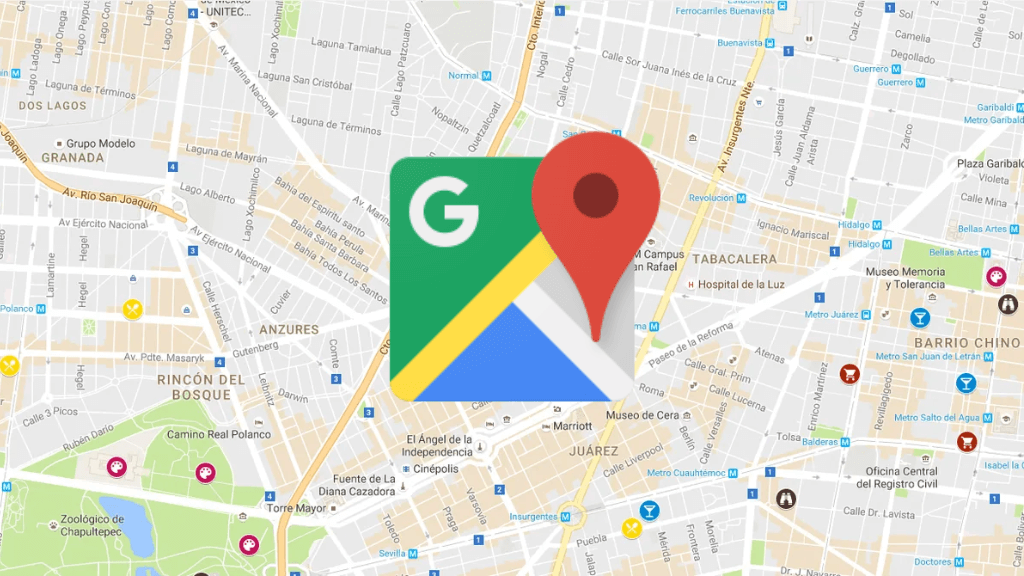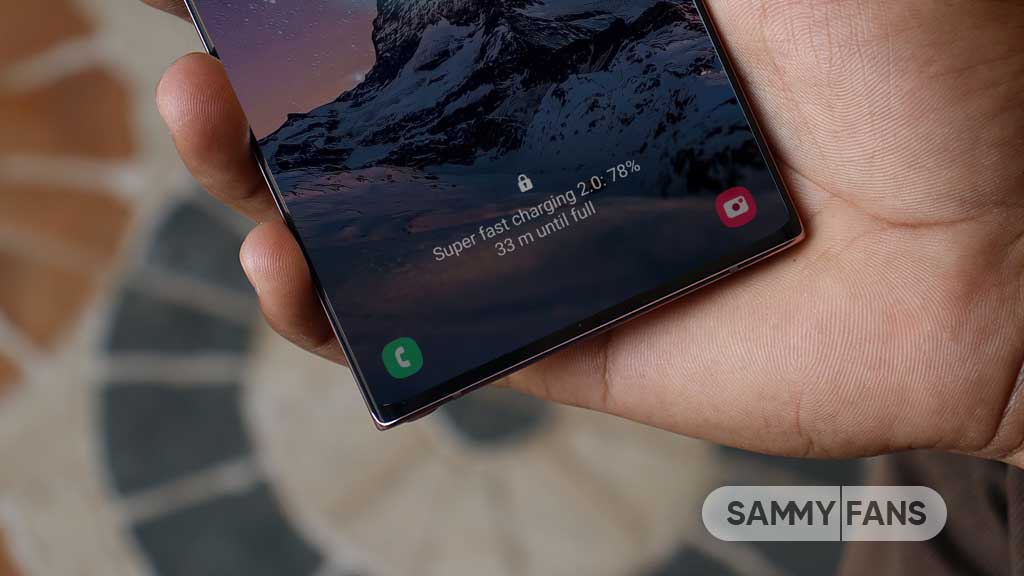Android
4 best Android Auto apps

Today we will tell you about the best 4 Android Auto apps that you can use if you’re going for a drive and enhance your setup. Let’s know those Auto apps that you should use.
Google Maps
It makes sense to include Google Maps on this list since it is the program that motorists use the most while driving because it provides a wealth of features and a simple interface that makes it easier for drivers to get where they’re going. It automatically adjusts between light and dark themes, for example when you reach a tunnel.
Therefore, Google Maps is an obvious option for in-car navigation for anyone using Android Auto. On Android, there are several top auto apps, but Google Maps offers far more functions than the majority of them.

Autovaras Car assistant
Autovaras tracks expiration dates. Just enter the dates for items like your next vehicle inspection, your insurance renewal, or the expiration of your tags.
This crucial information will always be visible to you, ensuring that you don’t forget any deadlines that could risk your license. Although it doesn’t have many functions, it is undoubtedly useful, and you can download and install it for nothing because it is a free program.

Join SammyFans on Telegram
Waze
It is a navigation app. It permits drivers to select effective routes. Anyone can use this app to report accidents or other traffic delays, allowing the rest of us to see up-to-the-minute information.
Although there isn’t much offline support, Waze still provides accurate real-time traffic. Additionally, Waze works nicely with Android Auto and lets you access apps directly from the vehicle. Waze makes for a great traveling companion.
Follow Sammy Fans on Google News

TomTom Go Navigation
This program includes turn-by-turn navigation, lane guidance, real-time traffic, and support for offline maps. This navigation program is available for a 30-day fully functional trial, and if you like what you see, you can also subscribe on a monthly basis.
Additionally, TomTom Go offers a free app called TomTom AmiGO. However, TomTom Go Navigation is unquestionably the version you should attempt if you demand solid map software that operates offline and want all of TomTom’s navigation features.

Image Credits: Google
Android
Google Android 15 Beta 1.1 update fixes NFC issue and more
Google has released the Android 15 Beta 1.1 update for pixel devices, which includes a series of bug fixes following the previous version released two weeks ago. It is available for several Pixel devices, from the Pixel 6 to the Pixel 8 Pro, including the Pixel Tablet and Pixel Fold.
Identified via version AP31.240322.023, the Android 15 Beta 1.1 update comes with the latest security patch for April 2024. It addresses several issues, particularly with NFC which had been causing disruptions in wallet applications and other related system functions.
Moreover, the update resolves a problem that caused crashes in the Developer Options settings screen. It also fixes issues that were preventing some devices from properly updating to the initial Beta 1 release. Additionally, a fix has been implemented for a problem related to text clipping during printing tasks.
For users who are part of the Android Beta for Pixel program, the Beta 1.1 update will be provided as an over-the-air (OTA) update. Users can also manually install the update to enjoy error-free and enhanced service.

Stay up-to-date on Samsung Galaxy, One UI & Tech Stuffs by following Sammy Fans on X/Twitter. You can also discover the latest news, polls, reviews, and new features for Samsung & Google Apps, Galaxy Phones, and the One UI/Android operating system.
Do you like this post? Kindly, let us know on X/Twitter: we love hearing your feedback! If you prefer using other social platforms besides X, follow/join us on Google News, Facebook, and Telegram.
Android
Android 15 to boost wireless charging with NFC support

Google plans to introduce support for NFC Wireless charging (WLC) with Android 15. This feature is a significant development for charging small electronic devices. Unlike the widely-used Qi wireless charging, NFC wireless charging does not require large coils, making it ideal for devices with limited internal space.
With the Android 15 update, NFC wireless charging is expected to become more common in smaller devices such as earbuds, styluses, smartwatches, and tracker tags. This support will enhance user convenience and device functionality.
Announced in 2020, the NFC Wireless Charging technology uses antennas that are reportedly smaller than one centimeter. These antennas are versatile, serving both as a means for wireless charging and NFC data transfer. This dual functionality is particularly beneficial for smaller devices.
The slow adoption of NFC Wireless Charging in the market has been attributed to a lack of support from major operating systems. However, the recent Android 15 beta release indicates that Google is now integrating NFC Wireless Charging capabilities into the Android platform. This move could lead to an increase in WLC-enabled accessories.
This feature could transform the charging of devices like tracker tags, which could use NFC for both power and data, and styluses that comply with the USI 2.0 specification.
Android 15 might allow Google Play to update your phone’s NFC
Stay up-to-date on Samsung Galaxy, One UI & Tech Stuffs by following Sammy Fans on X/Twitter. You can also discover the latest news, polls, reviews, and new features for Samsung & Google Apps, Galaxy Phones, and the One UI/Android operating system.
Do you like this post? Kindly, let us know on X/Twitter: we love hearing your feedback! If you prefer using other social platforms besides X, follow/join us on Google News, Facebook, and Telegram.
Android
Android 15 expands default wallet app choices

Google has recently released the first beta version of Android 15, which brings a significant update as lets users select a preferred app to serve as their default wallet application. This feature enhances the system’s flexibility, allowing for a personalized choice of NFC payment apps.
Previously, Google Wallet was the default NFC payment app on Pixel phones. With the new update, users have noticed that the AMEX app is also compatible with this setting.
This change is also expected for various payment apps to become the default wallet app on Android devices. Google explains that wallet apps are designed to store essential items like credit cards, loyalty cards, and even car keys, facilitating different types of transactions.
This update is notable because it differs from Apple’s approach on iOS, where alternative digital wallet apps are not allowed. Previously, Android hasn’t blocked third-party wallet apps but this new default setting will make it easier for users to integrate these apps into their payment processes, giving them more options and enhancing the overall user experience.
Stay up-to-date on Samsung Galaxy, One UI & Tech Stuffs by following Sammy Fans on X/Twitter. You can also discover the latest news, polls, reviews, and new features for Samsung & Google Apps, Galaxy Phones, and the One UI/Android operating system.
Do you like this post? Kindly, let us know on X/Twitter: we love hearing your feedback! If you prefer using other social platforms besides X, follow/join us on Google News, Facebook, and Telegram.












